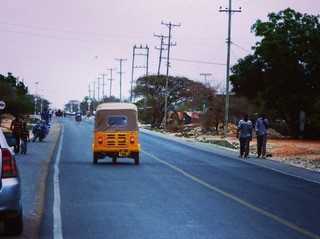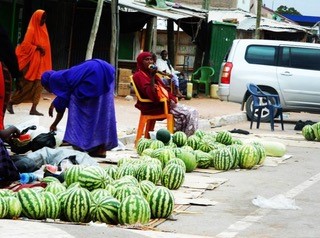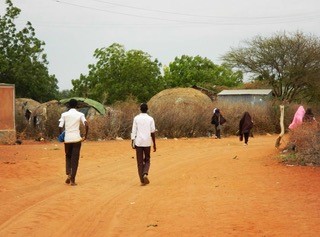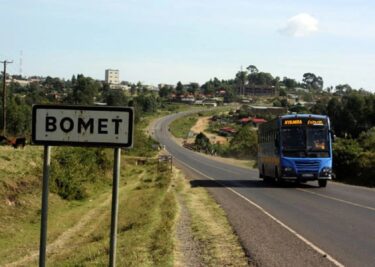Wajir
Deep in the deserts of Wajir county are a number of cairns, remnants of a people from long ago. Relatedly, the area has a number of stone wells and legend has it that giant grassland dwellers known as the Mandanle inhabited this area and sunk the wells to support their pastoral heritage. The giants were thought to be extraordinary water engineers whose science of water divinity was far ahead of their time. Sadly though, the history of this mythical people is lost in the sands of time and the desert. Nevertheless, Wajir still stands and has the distinction of being the only county in Kenya that completely envelopes another county – Mandera.
With a population of about 660,000 living across 55,000 km2 it is one of the most sparsely populated areas of Kenya at an average of 6 people per km2.
During the Second World War Wajir town was invaded and occupied by the Italian army and was a point of conflict for over six months. African, Indian and European soldiers fought valiantly in this area as part of the global forces that battled for supremacy across the globe. The history of this time is captured for posterity in Wajir Museum. Opened in 2011 along the Isiolo-Mandera road, the museum is an important location for learning about Northern Kenya and its cultural heritage.
The county seat is Wajir Town – the third oldest town in Kenya at 105 years. The most beautiful point in the county is certainly Lake Yahud, a glistening lake that is inhabited by birdsong, beautiful sunsets and unending peace.
Other sites include that of the ghastly Wagalla Massacre, which took place at the Wagalla Airstrip in 1984, over about 5 days. The ostensible aim of the military operation in Wajir was to disarm Somali clans involved in conflict over grazing land, but all that came of it was alleged torture and eventual death. Estimates of the number of deaths range between 1000-5000, though the government only confirmed 57. The face of the community changed drastically since, having faced what many have termed the worst massacre in Kenyan history – the task of rebuilding fell squarely on the shoulders of widows, and today Wajir speaks volumes of the strength, resilience and indomitability of women, and a community as a whole.
County 008 is Wajir – from the Borana word meaning “the coming together” and has been long known as our bastion of defence in the north.
- Photo Copyright: Fardosa Hussein
- Photo Copyright: Fardosa Hussein
- Photo Copyright: Fardosa Hussein
- Photo Copyright: Fardosa Hussein
Fardosa Hussein is our featured photographer. Catch her on Instagram on @Fardee_dee. She is also researcher and writer focused on data, digital and multimedia formats. In an era where internet rules she is a self-declared jack of all trades! This is her Wajir.






